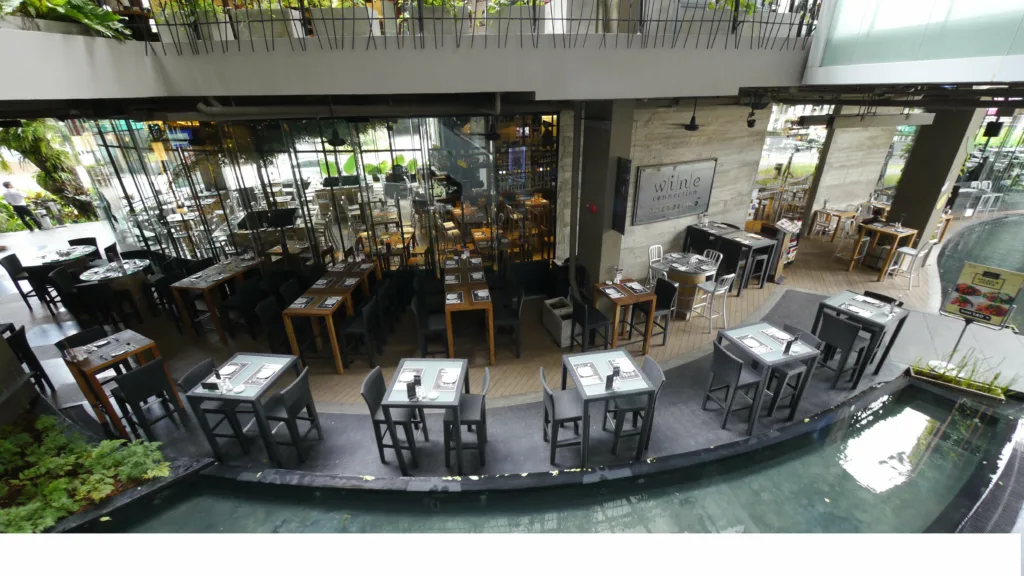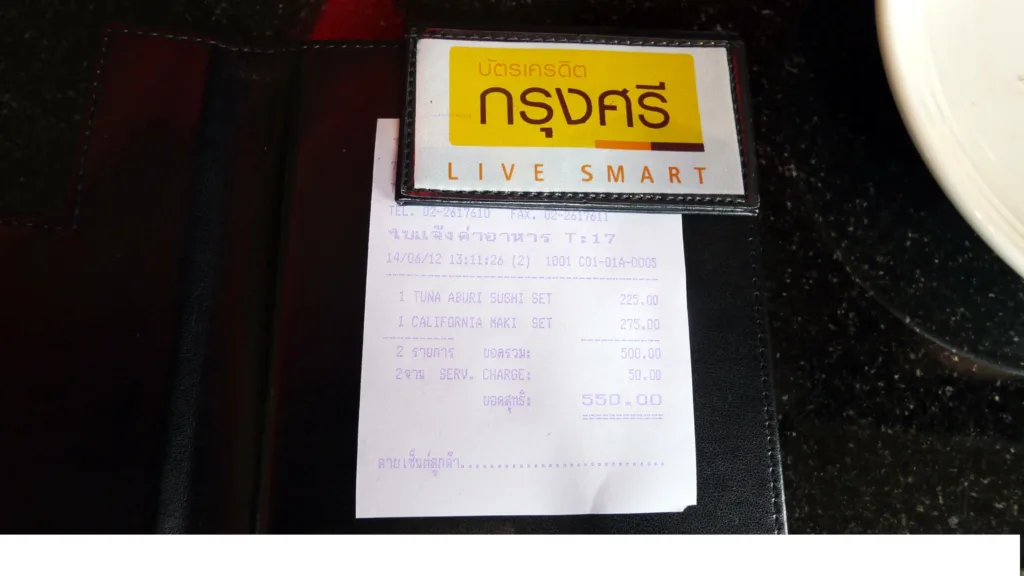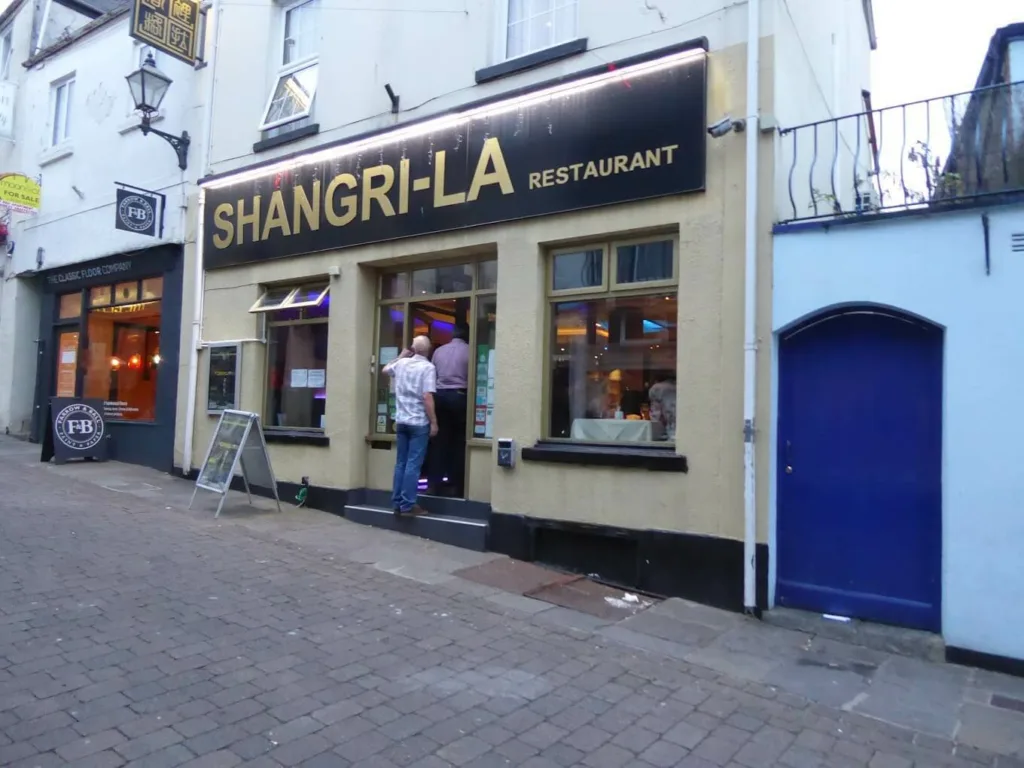In the late 1980’s, sushi became trendy in Los Angeles.
At the time, most sushi restaurants were small local affairs owned and run by second and third generation Japanese Americans.
There was a certain buzz about sushi where the higher grades of tuna were considered exceptional delicacies and “Japanese trained” sushi chefs were considered minor culinary artists. Eating sushi was a sign of culinary sophistication and worldliness. Sushi was quite expensive. Eating sushi was a treat. Taking a girl out for sushi was something the girl told her friends about and dropping a hundred or more, per person, sans alcohol was common. You developed a relationship with your regular sushi chef, bought him drinks, received free specials, and the shouted welcome was sincere.
At the time, a good friend was the head chef of a Bel Air sushi restaurant, and, in the afternoons, I would drop by during the break between lunch and dinner and play backgammon for significant money with him. During the gambling, fish deliveries would be made and the sous chefs deveined fish, boiled down broths, and made sauces for the evening service. Ever inquisitive, I learned from my friend the ins and outs of the sushi business.
What I learned from him was that the exclusiveness and skill of high end sushi was mostly smoke, mirrors and marketing. There were only two fish suppliers in L.A. and every sushi restaurant, regardless of price, got their fish from one of them. There were certain grades of fish and every restaurant used the same grades. Besides taking care to cut and assemble the sushi uniformly and meticulously, which any illegal could be taught, and a couple of rules about cutting across the grain of the muscle, which could be explained in 5 minutes, anyone can make high grade restaurant sushi. There are no secret recipes and no skilled palate is needed.
Over time, the L.A. sushi market evolved where chefs competed to make original and bastardized forms of sushi like pizza sushi, Philadelphia cheesesteak sushi, and, the invention of my friend, bacon lettuce and tomato sushi. This worked to maintain the air of exclusivity and kept the sushi buzz going and prices high but, eventually, the sushi market succumbed to market forces. Charging $25 for some cuts of tuna that cost less than $5 and tuna that was the same tuna being sold at dozens of similar restaurants could not last for long.
Today, most L.A. sushi restaurants have been taken over by entrepreneurial Chinese who compete on price and quantity not quality or uniqueness. The Nisei owners are mostly gone. Sushi roll diameter has grown to the point where cut rolls can’t fit into the mouth without being cut in half and portion size has morphed to the point where one dragon roll provides a nutritious dinner for two born in Japan sized Japanese girls. Price has also come down with all you can eat and budget priced combos abounding. Sushi has been commoditized.
Which brings us to Bangkok, mid-grade commercial sushi, and Kasa sushi on Sukhumvit Soi 47 in the new Raintree Lifestyle Mall.
Kasa sushi is assembly line sushi. Made with good quality fresh ingredients, cut correctly, and artfully presented.
It’s cheap. These sushi combos were about 250 baht. $8 USD.
I call it assembly line sushi because just like a subway sandwich, the sushi can be made on a production line that minimizes cost, utilizes cheap minimally trained labor, and churns out mass quantities of a uniform high quality product.
Good price. Good Sushi. Good Location. Good Service.
Yes. I recommend Kasa when your in the sushi mood.
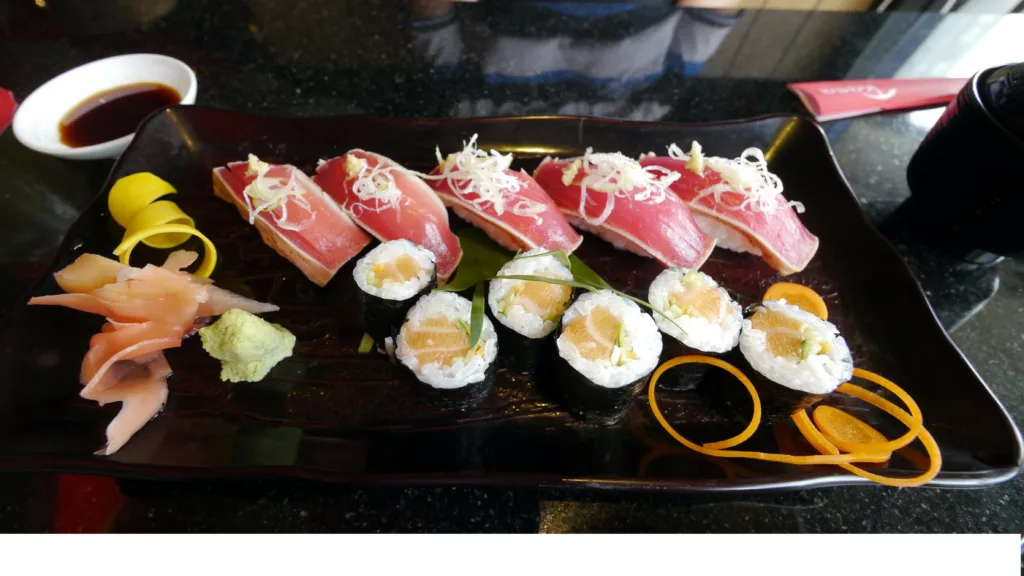
Free ice tea is included with each meal.
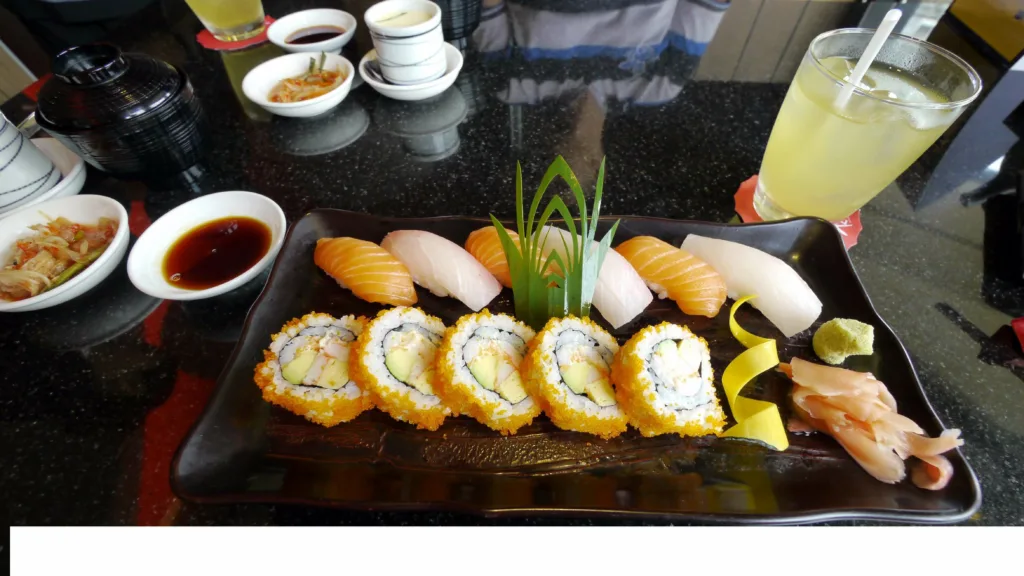
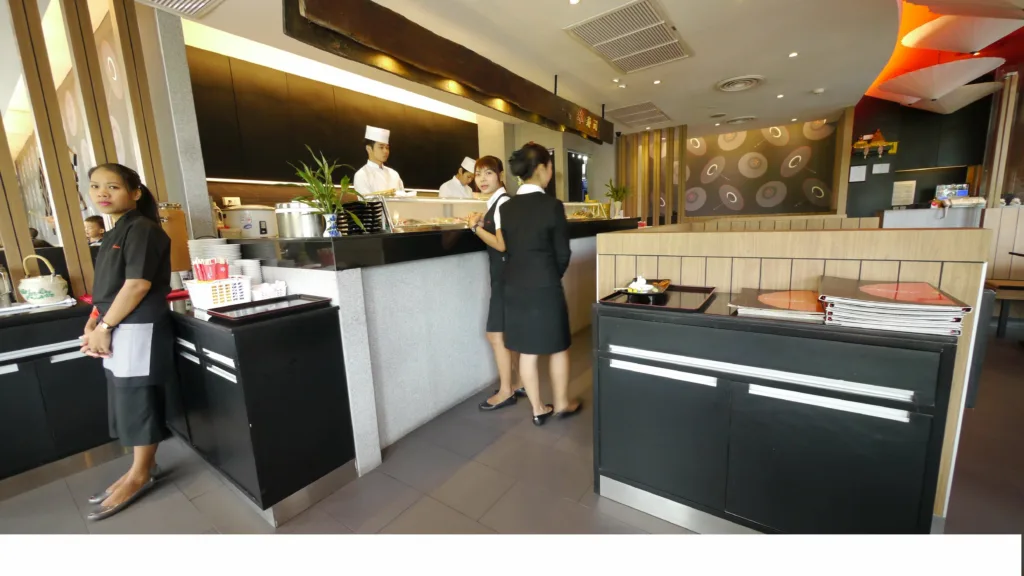
Kasa is located on the 2nd floor overlooking the street and the courtyard of the lifestyle mall.
You can watch the traffic go by or the diners at the Wine Connection on the first floor.
